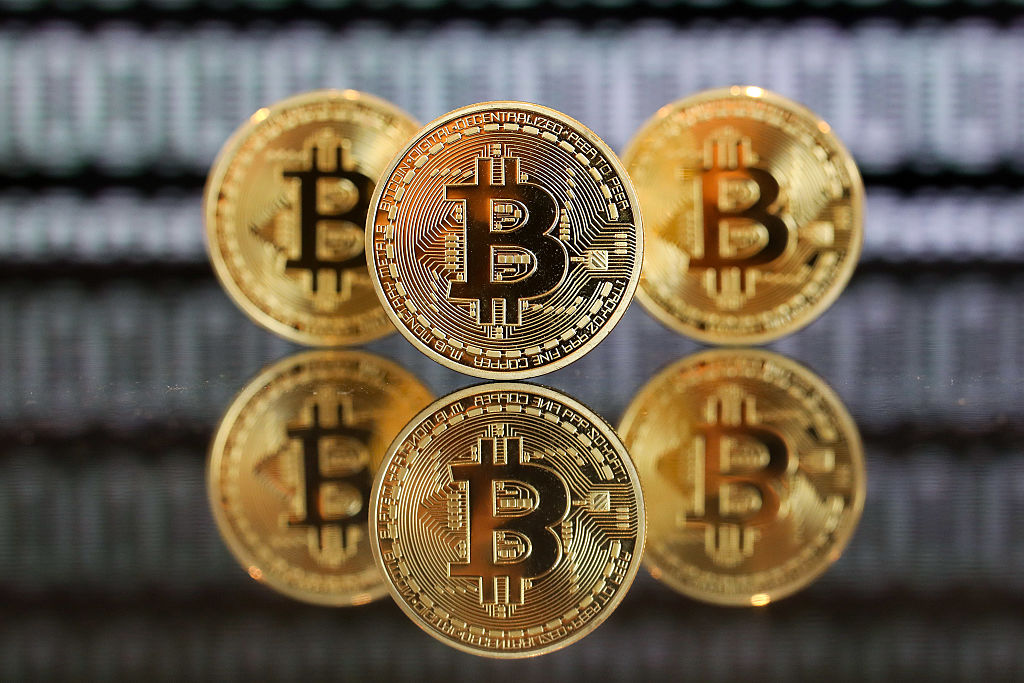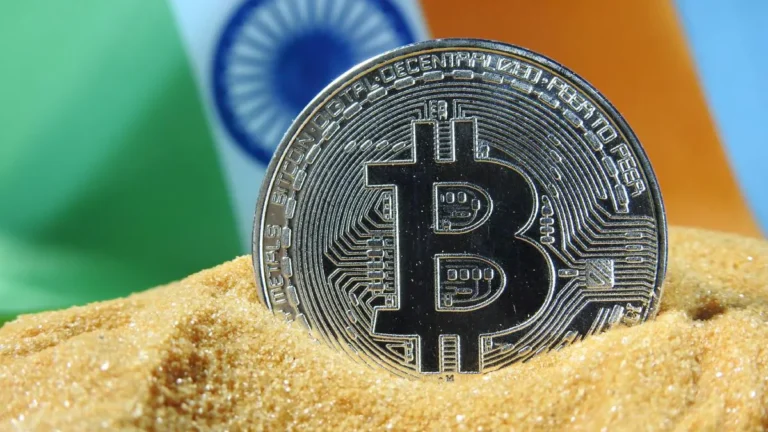Top Crypto Fundraising Models in 2025: How Blockchain Projects Raise Millions

Meta Description: Discover the most effective crypto fundraising models in 2025 — from ICOs and IDOs to STOs and Launchpads. Learn how startups raise funds and how investors can participate early.
Top Crypto Fundraising Models in 2025: How Blockchain Projects Raise Millions
📌 Introduction: The Rise of Crypto Fundraising Models
With the rapid evolution of blockchain technology, raising capital in the crypto space has become more sophisticated. From Initial Coin Offerings (ICOs) to Decentralized Launchpads, crypto startups in 2025 have multiple funding options.
These fundraising models help projects secure capital, build communities, and grow ecosystems — while offering early investors high-reward opportunities. But with every opportunity comes risk, so understanding how these models work is essential.
In this article, we explore the top crypto fundraising models in 2025 and their pros, cons, and success strategies.
Top Crypto Fundraising Models in 2025: How Blockchain Projects Raise Millions
💡 1. Initial Coin Offering (ICO)
What is an ICO?
An ICO is the original crypto fundraising model, where a project sells its tokens to early backers in exchange for Bitcoin, Ethereum, or stablecoins.
How It Works:
- The project issues a token on a blockchain like Ethereum.
- Launches a website and whitepaper.
- Accepts funds from global investors — often without KYC.
Pros:
- Global reach
- Low barrier to entry
- Community building from Day 1
Cons:
- Lack of regulation
- High scam risk
- No investor protection
💡 Example: Ethereum’s ICO in 2014 raised $18 million, setting the standard for token-based funding.
🧩 2. Initial Exchange Offering (IEO)
What is an IEO?
An IEO is conducted on a centralized exchange like Binance or KuCoin, where the exchange handles KYC, promotion, and token sales.
How It Works:
- Project applies to an exchange launchpad.
- Exchange lists the token for sale.
- Users buy the token directly via the platform.
Pros:
- Safer for investors (exchange vetting)
- Immediate liquidity on listing
- Better marketing reach
Cons:
- High listing fees for startups
- Centralized control
- Limited decentralization
💡 Example: BitTorrent raised $7.2 million in under 15 minutes via Binance Launchpad.
🌊 3. Initial DEX Offering (IDO)
What is an IDO?
An IDO is a fundraising model hosted on decentralized exchanges (DEXs) like Uniswap, SushiSwap, or PancakeSwap.
How It Works:
- Tokens are sold via DEX-based launchpads like Polkastarter or DAO Maker.
- Users participate using MetaMask or Trust Wallet.
- Funds raised go directly into project liquidity pools.
Pros:
- Instant trading and liquidity
- No KYC in most cases
- Community-first fundraising
Cons:
- High volatility and price slippage
- Susceptible to front-running bots
- Minimal investor protection
💡 Example: Polkastarter helped many DeFi projects go viral with IDOs between 2021–2024.
🏛️ 4. Security Token Offering (STO)
What is an STO?
An STO is a regulated offering where the token represents a real-world asset like equity, debt, or profit-sharing rights.
How It Works:
- Project complies with financial laws (e.g., SEC or SEBI regulations).
- Investors undergo strict KYC/AML checks.
- Tokens are backed by legally binding contracts.
Pros:
- Legally compliant
- Suitable for institutional investors
- Investor rights are protected
Cons:
- Complex and costly to launch
- Limited audience (accredited investors)
- Requires legal and regulatory counsel
💡 Example: tZERO by Overstock is a notable STO platform with SEC compliance.
🚀 5. Token Launchpads
What are Launchpads?
Launchpads are crypto platforms that specialize in launching new projects through IDOs or IEOs. These platforms vet projects and provide tools, marketing, and funding support.
Top Launchpads in 2025:
- Binance Launchpad
- CoinList
- Polkastarter
- DAO Maker
- Avalaunch (on Avalanche)
- GameFi Launchpads (like Seedify for Web3 games)
Pros:
- Built-in user base
- Investor safety measures (whitelists, vesting)
- Community governance (in some cases)
Cons:
- Competitive allocation processes
- Limited token supply during sales
- High gas fees (on Ethereum-based launchpads)
💡 Tip: Holding platform tokens (e.g., DAO or POLS) often increases your IDO allocation chances.
🧠 6. Fair Launch
What is a Fair Launch?
Fair launch projects distribute tokens to the community without presales or private investors. Anyone can mine or earn tokens equally from Day 1.
How It Works:
- No pre-mining or VC funding
- Token is launched with full transparency
- Community-driven governance from the beginning
Pros:
- True decentralization
- Equal opportunity for all participants
- Grassroots community support
Cons:
- Hard to raise large initial capital
- Low marketing or influencer reach
- Token price can be unstable early on
💡 Example: Yearn Finance ($YFI) launched in 2020 with zero pre-mining — becoming a model for future fair launches.
Top Crypto Fundraising Models in 2025: How Blockchain Projects Raise Millions
🪙 7. Community Token Sales (e.g., NFTs + Governance)
What is a Community Token Sale?
These fundraising models blend NFTs, governance tokens, and staking — allowing projects to raise funds while engaging their community through utility or rewards.
Use Cases:
- NFT mints that fund ecosystem development
- DAO-based treasuries that accept community contributions
- Loyalty-based token drops for early adopters
Pros:
- Gamified fundraising
- Deep community involvement
- Long-term engagement
Cons:
- NFT market can be volatile
- Requires strong community management
- Risk of low initial liquidity
💡 Example: Friends With Benefits ($FWB) and ConstitutionDAO used this approach.
📊 Quick Comparison Table
| Model | Regulation | Accessibility | Speed | Risk | Example |
|---|---|---|---|---|---|
| ICO | Low | High | Fast | High | Ethereum |
| IEO | Medium | Medium | Medium | Medium | BitTorrent |
| IDO | Low | High | Fast | High | Polkastarter |
| STO | High | Low | Slow | Low | tZERO |
| Launchpad | Medium | Medium | Fast | Medium | DAO Maker |
| Fair Launch | None | High | Fast | Medium | YFI |
| Community Sale | Low | Medium | Fast | Medium | FWB |
ALSO READ-
“Trump Slaps India with 25% Tariffs – Is a Trade War Coming in 2025?”
💬 Conclusion: Choosing the Right Fundraising Model in 2025
In the ever-evolving Web3 world, there’s no one-size-fits-all solution to crypto fundraising. The best model depends on:
- Your regulatory goals
- Target investor audience
- Project maturity
- Community involvement strategy





